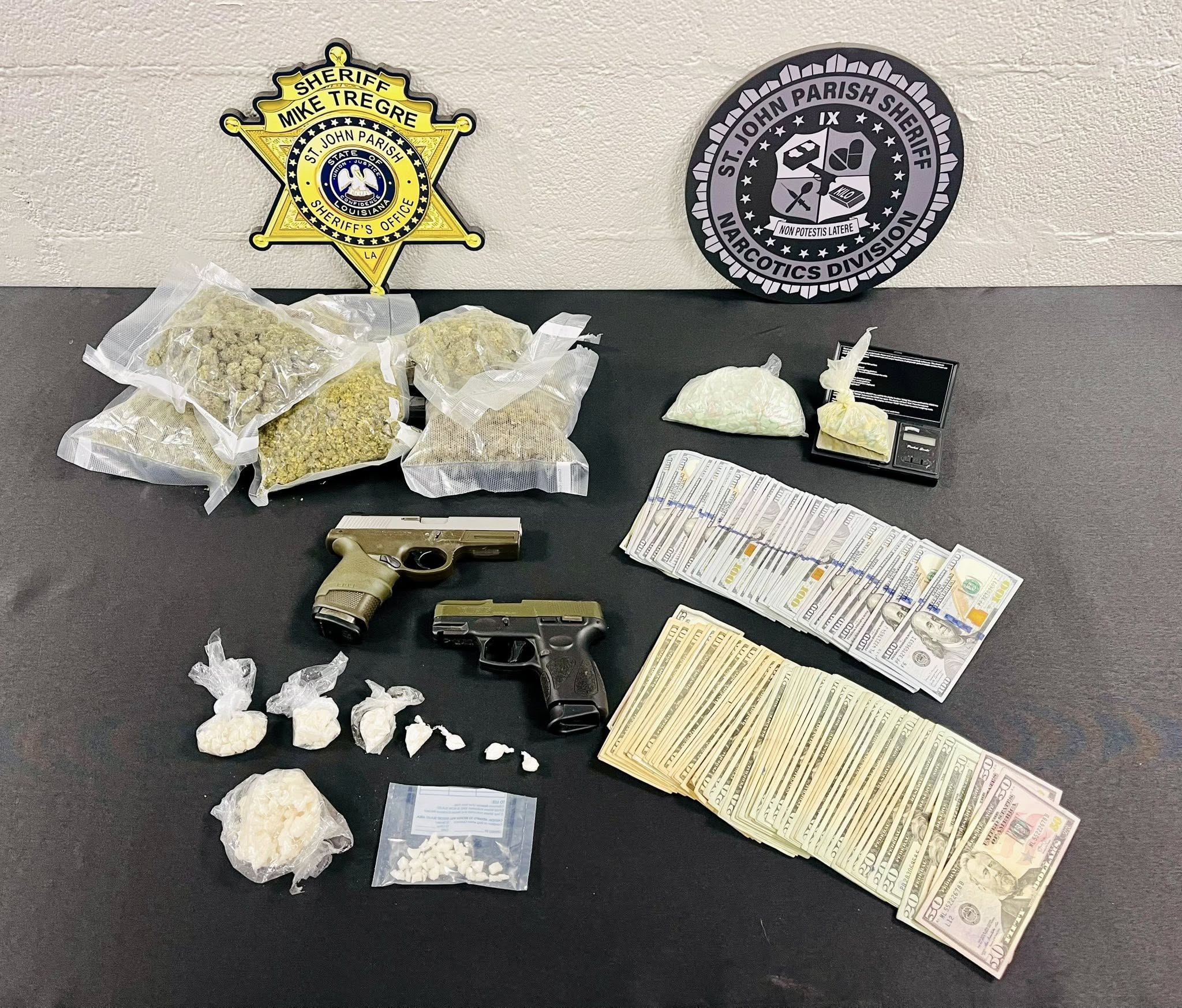Protecting citrus from the winter’s cold
Published 12:00 am Saturday, February 5, 2011
Home Field Advantage, by David Pichon is a new column that will run periodically on Saturdays.
Louisiana generally has its coldest temperatures in late December, January and early February, and protection of citrus trees becomes important to homeowners across the state during this time. It is difficult to pinpoint a temperature at which it becomes necessary to protect citrus trees because the temperature tolerance of citrus trees varies among the different species.
Satsuma and kumquat trees usually do not need protection until the temperature drops below 20 degrees F. Oranges are usually ok until around 22 degrees F. Lemons, limes and grapefruit may need to be protected when the temperature dips below 26 degrees F. However, theses trees can be killed or damaged at higher temperatures if they are not sufficiently hardened with enough pre-conditioning to cold temperatures or if the tree was not properly cared for going into the winter. Also, a citrus tree increases in cold hardiness as it gets older, but an older, unhealthy tree can still be very susceptible to the cold.
The duration of the sub-freezing temperature is also very significant. If the temperature is below the threshold for the specific species for more than six to eight hours, some damage to trees as well as some dead trees may be expected.
The best way to lessen cold damage to citrus is to maintain healthy trees. Follow the recommended spray schedule to control insects and diseases. Clean mechanically or use a herbicide to control weeds and grass around the base of the tree.
Grass, weeds and straw mulches prevent heat from entering the soil during the day; therefore, less energy is stored for release at night.
Banking the trunks of young trees with soil and wrapping the trunks of the trees with some type of insulation will help prevent cold damage to trunks and root systems.
Although tree tops may still be lost during freezes, a tree can recover about 80 percent of its growth the first year if its trunk and root system are intact. Also, trees should be watered thoroughly before the severe cold since trees are damaged because they actually dry out from the severe cold. Fertilizer should not be applied to citrus trees until late mid to late February.
To protect a single tree, home gardeners can construct a frame over the tree and encase the tree in translucent plastic with one or two layers. In our areas, such an extreme practice would be needed only on a few severely cold nights and cloudy days. Incandescent light bulbs can raise the temperature in the frame a few degrees. Fresh air is a must for such frames, and air temperatures within should not be allowed to go above 85 degrees to 90 degrees F. Venting should be provided to make it easy to maintain a constant supply of fresh air and to control temperature. Care should be taken to prevent the bulb from coming in contact with the plastic wrap.
Many trees are damaged more severely because homeowners fail to remove the covering after the dangerous cold, and the extreme heat from the light bulb and the sun may dry the tree out. Generally, these coverings can be removed once the sun rises in the morning.
If your tree suffers from cold damage, wait until the early spring to determine if the entire tree is dead. Some trees may still sprout out above the graft and grow back when you think they have been killed. Any limbs that break easily when bent are dead and can be removed. Limbs that bend but don’t break are still alive. Anything sprouting above the graft is good.
For further information about citrus you can purchase the Louisiana Home Citrus Production bulletin: publication No. 1234 for $5 at your local LSU Ag Center Office or you can order it on the web at www.lsuagcenter.com. You may also contact your local LSU Ag Center county agent.
David Pichon is the local county agent for the LSU Ag Center.





